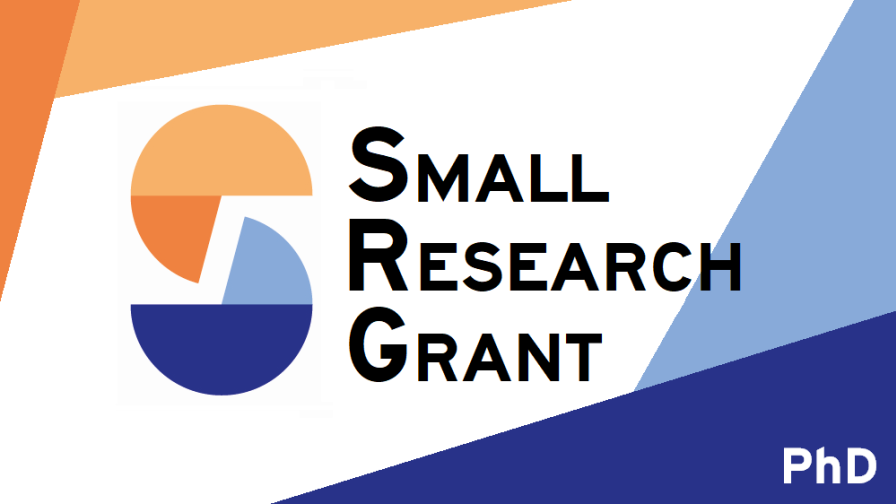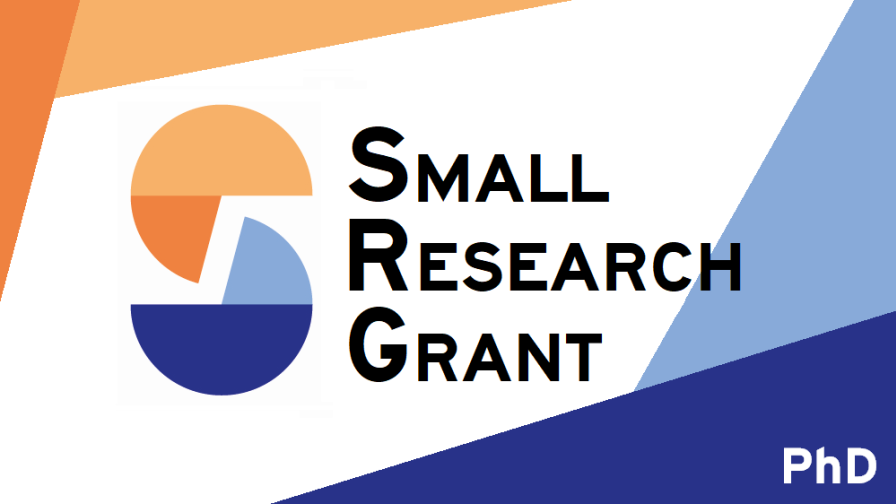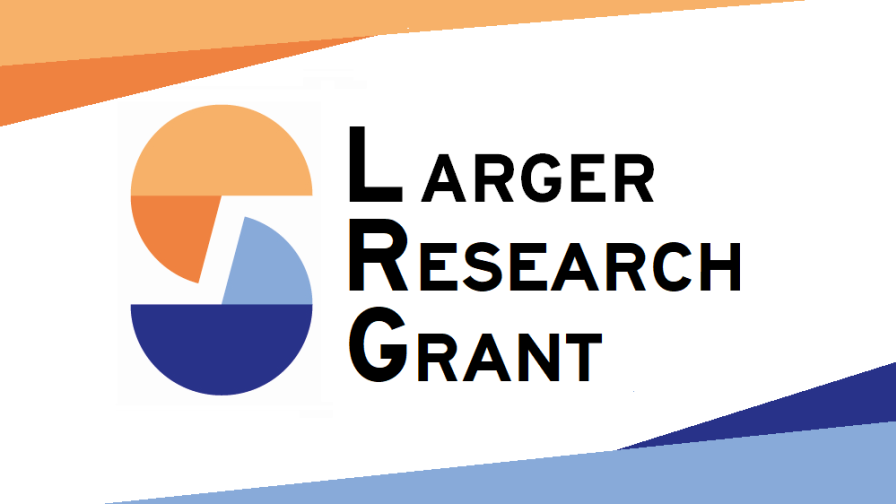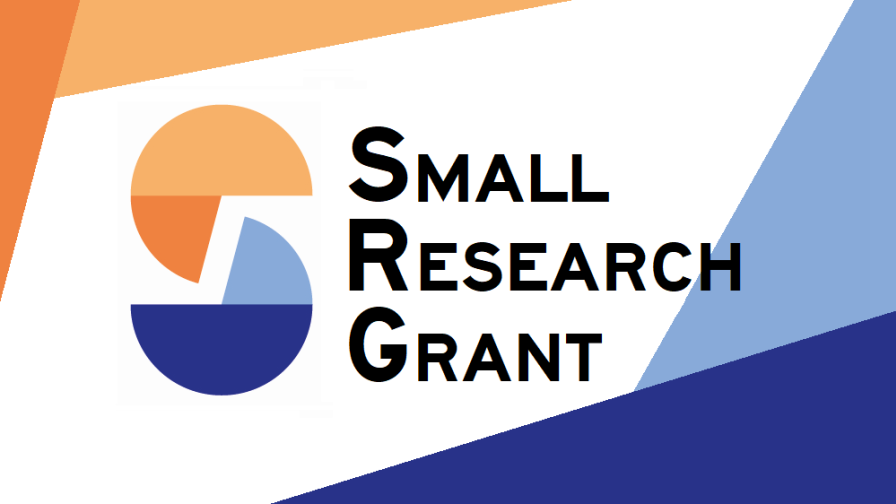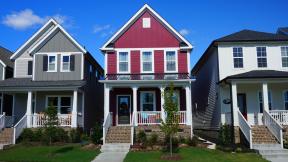Rich and poor countries differ in various ways, including the size distribution of business firms. While giant corporations are sometimes seen as symbols of economic success, a notable feature of developing economies is the prevalence of small firms. A critical question for economic growth is how the distribution of firm size varies with the level of economic development. While existing research has focused on the relationship between economic development and average firm size, this project examines the connection between economic development and the right tail of the firm size distribution.
This project makes both empirical and theoretical contributions to this issue. Empirically, the author employs three complementary datasets, including the OECD Structural Business Statistics, the World Bank Enterprise Survey, and the US Census Business Dynamics Statistics, to explore the empirical relationship between the right tail thickness of the firm size distribution and the level of economic development. The main finding is that the right tail systematically thickens with economic development, both within countries over time and across countries. Theoretically, the author rationalizes the thickening right tail as a natural feature of the economic growth process. The author develops an endogenous growth model, in which the diffusion of ideas among heterogeneous firms is the source of growth. Both growth and the firm size distribution are endogenous in the model, and the right tail of the firm size distribution thickens along the equilibrium transition path.
This project also offers new policy implications. Idea search by each firm has externalities on other firms, affecting the productivity distribution that determines future search efficiency. While search by large firms thickens the right tail and has positive externalities on all firms in the economy, search by small firms has few externalities on large firms. Therefore, large firms under-invest in idea search relative to the first-best outcomes. The author solves the social planner's problem and confirms that large firms under-invest in idea search in the competitive equilibrium. The solution to the planner's problem suggests that policies favouring large firms' idea search can improve social welfare.
Project
• Research Theme 1: Firms, Frictions and Spillovers, and Industrial Policy,
Cross-Cutting Issue 3: Inequality and Inclusion
Economic Development and the Right Tail of the Firm Size Distribution
This project has been retired
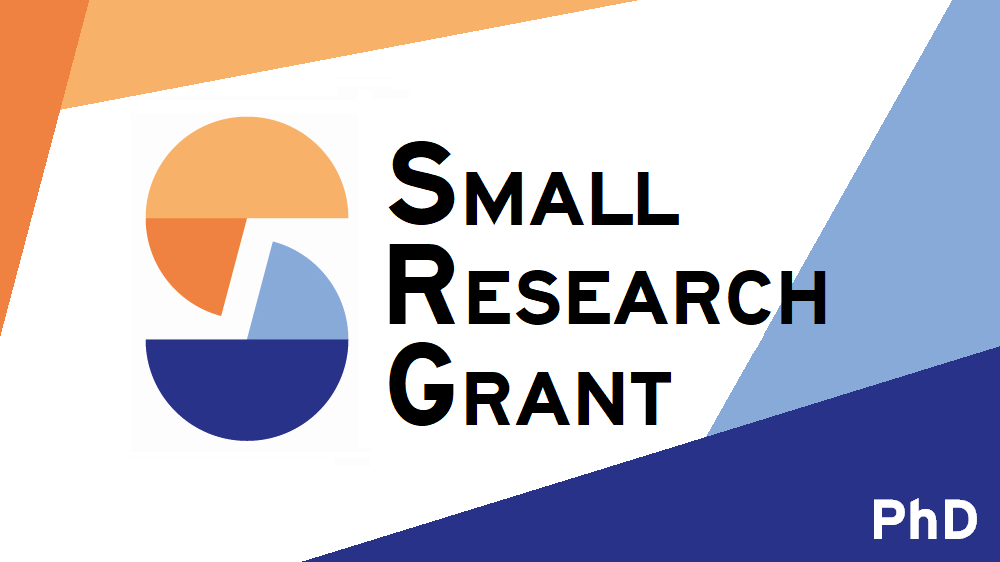
PhD Research Grants
Research Team
Related content
